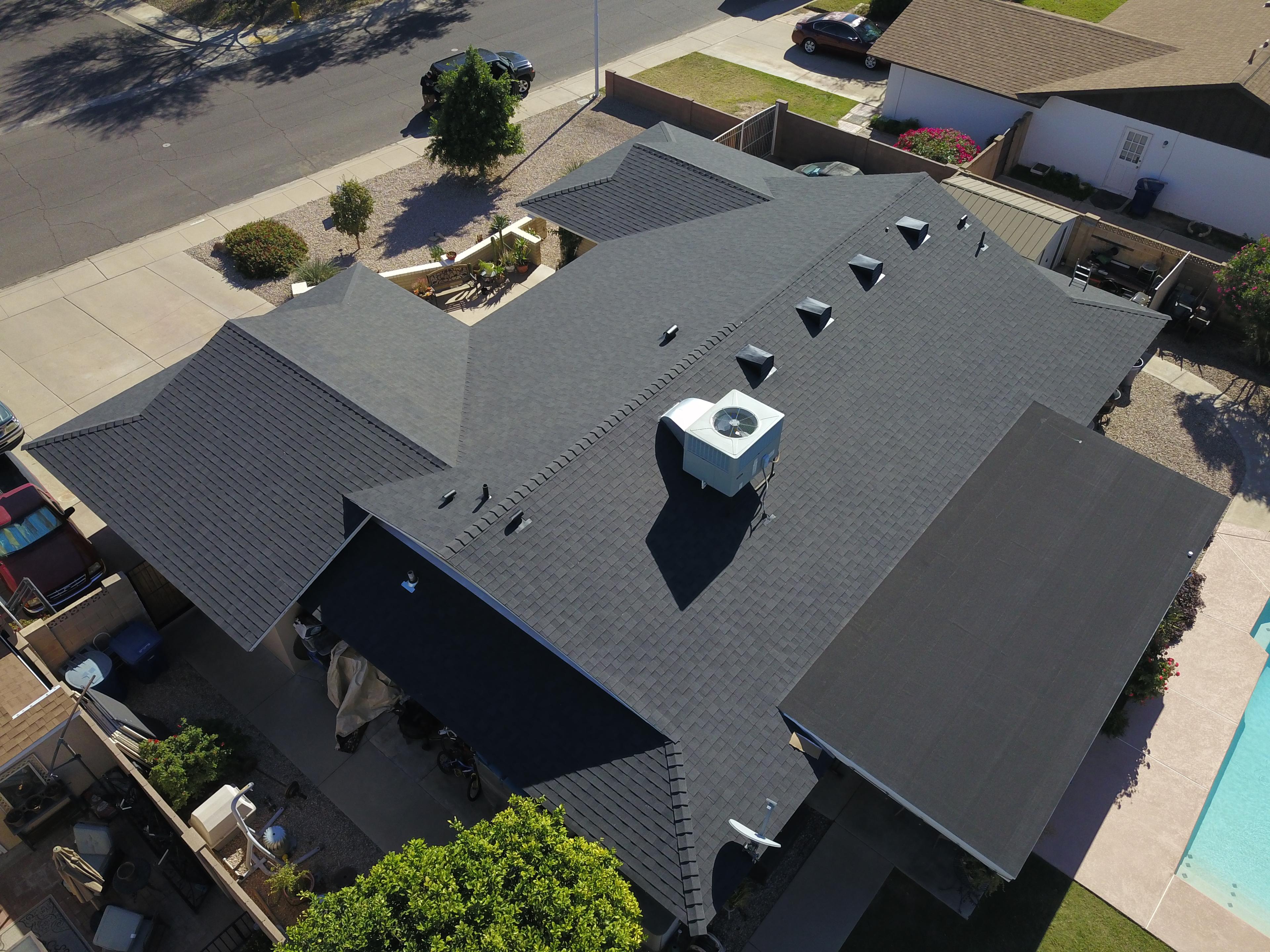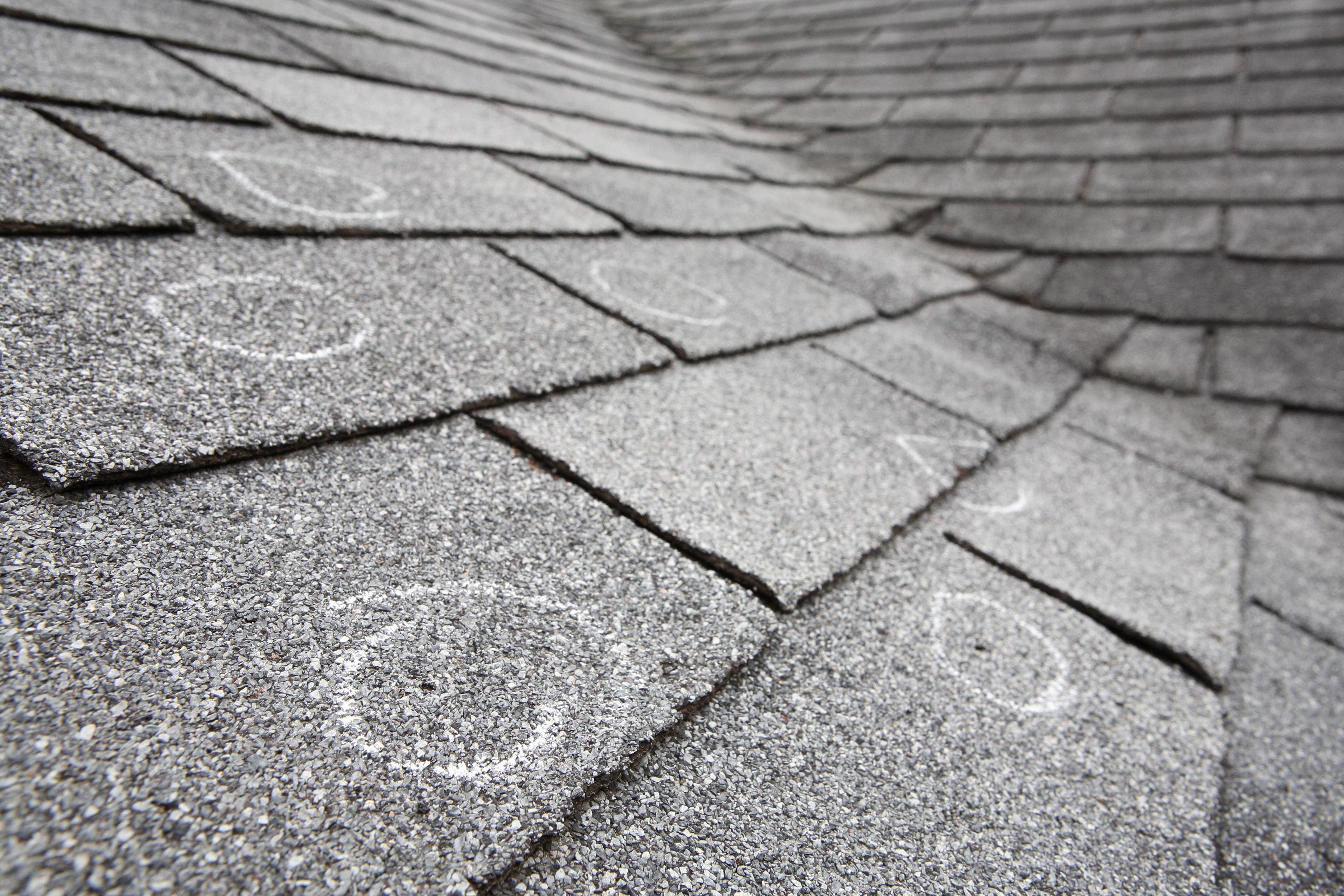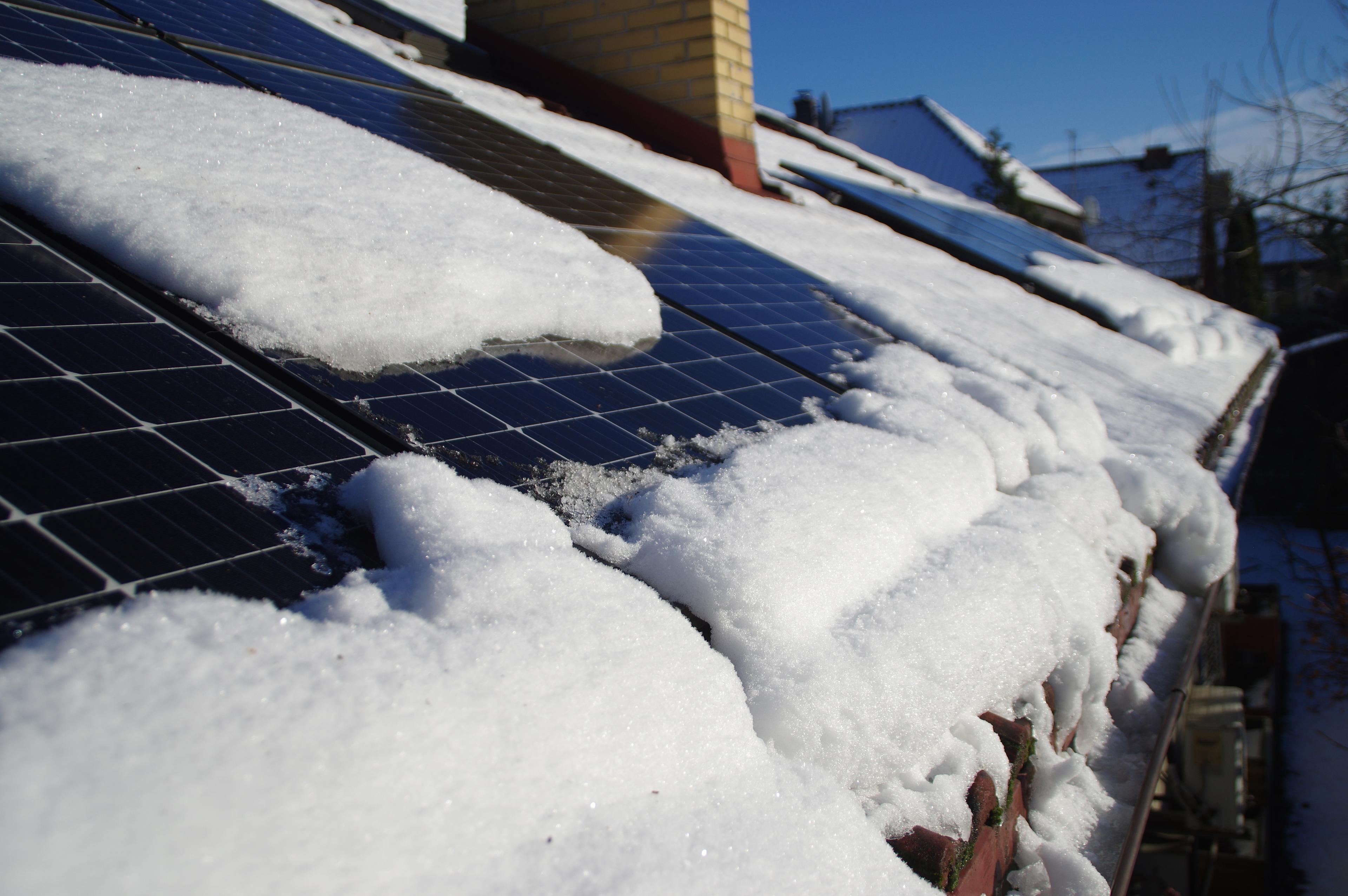 ;
;Benefits of a Properly Ventilated Roof in Phoenix
Proper roof ventilation in Phoenix is essential for maintaining a healthy and energy-efficient home in the region's unique climate. Roof ventilation ensures continuous airflow through the attic, regulating temperature and moisture levels, preventing issues such as high energy bills, compromised indoor air quality, and structural damage to your roof and home.
In this blog, we will focus on three main benefits of proper roof ventilation for Phoenix homeowners: enhanced energy efficiency, extended roof lifespan, and a healthier living environment. By optimizing roof ventilation, you can safeguard your investment and maximize overall comfort. Our insights on the importance of proper roof ventilation will help you make informed decisions when working with Phoenix roofers to protect and maintain your roofing system.
Enhanced Energy Efficiency
Optimizing your roof's ventilation system is a critical aspect of maintaining energy efficiency in your Phoenix home, particularly considering the region's extreme temperatures. A well-ventilated roof contributes to a more comfortable living environment while also reducing energy consumption and associated costs. By understanding the factors that influence energy efficiency and implementing a proper ventilation system, you can reap the benefits of a cooler and more cost-effective home in the Valley of the Sun.
Heat Buildup and Cooling Load
Phoenix is known for its sweltering summer temperatures, which can cause a significant heat buildup in poorly ventilated attics. This heat buildup can increase the overall cooling load on your air conditioning system, causing it to work harder and consume more energy. By ensuring proper airflow in the attic, you can reduce the cooling load and lower your energy bills.
Radiant Heat Transfer
In addition to the heat buildup from the sun, radiant heat transfer can also affect your home's energy efficiency. Radiant heat barriers, which reflect the sun's heat away from the attic, can be installed alongside a well-ventilated roof to further improve energy efficiency. This combined approach reduces the amount of heat absorbed by your roof and attic, helping to maintain a more comfortable indoor temperature.
Air Circulation and Temperature Regulation
A well-designed roof ventilation system allows for continuous airflow through the attic, balancing intake and exhaust vents. This balanced air circulation helps regulate the attic temperature, preventing hot spots and maintaining a consistent indoor environment. By keeping the attic cooler, you reduce the strain on your air conditioning system and lower your overall energy consumption.
Insulation and R-Values
Proper insulation is another essential component of an energy-efficient home in Phoenix. Insulation works hand-in-hand with roof ventilation to maintain indoor temperatures and reduce energy costs. The effectiveness of insulation is measured in R-values, and a higher R-value indicates better insulation properties. Phoenix roofers can help you select the appropriate insulation material and R-value for your home, ensuring that it complements your ventilation system for maximum energy efficiency.
Enhanced energy efficiency is a significant benefit of a well-ventilated roof in Phoenix. By understanding the factors that influence energy efficiency and working with experienced Phoenix roofers to implement a proper ventilation system, you can maintain a comfortable and cost-effective home while contributing to a greener environment.
Extended Roof Lifespan
A well-ventilated roof is crucial for extending the lifespan of your roofing system in Phoenix. Inadequate roof ventilation can lead to various issues that compromise the integrity and longevity of your roofing materials, resulting in costly repairs or even a complete roof replacement. By understanding the factors that can damage your roof due to poor ventilation, you can take proactive steps to ensure a long-lasting and durable roofing system.
Premature Shingle Deterioration
Trapped heat in an improperly ventilated attic can cause the asphalt shingles on your roof to age prematurely. The excessive heat can lead to thermal expansion and contraction, causing the shingles to buckle, curl, or warp. Over time, this can weaken the protective layer of your roof and make it more susceptible to leaks and water damage.
Wood Rot and Structural Damage
Moisture buildup in the attic, a consequence of poor ventilation, can cause the wooden components of your roof to rot. This wood rot can weaken the structural integrity of your roof, causing sagging or even collapse in severe cases. Additionally, the moisture can cause rust and corrosion in metal components, further compromising the roof's stability and longevity.
Ice Dams and Water Damage
In the colder climates of Arizona, or during Phoenix's occasional winter freezes, inadequate roof ventilation can lead to ice dams. When warm air from the attic melts the snow on the roof, the water canrefreeze at the roof's edge, forming an ice dam. This dam can trap water, causing it to seep under the shingles and damage the underlying roof structure and interior ceilings.
By implementing a well-designed roof ventilation system, you can address these issues and extend the life of your roofing system:
Balanced Airflow
A combination of intake vents (such as soffit vents) and exhaust vents (like ridge vents or gable vents) creates a balanced airflow in the attic. This continuous flow of air helps to regulate temperature and prevent heat and moisture buildup, protecting your roofing materials from premature deterioration.
Moisture Management
Proper roof ventilation allows moisture to escape, preventing wood rot and structural damage to your roof. It also reduces the likelihood of ice dam formation, minimizing the risk of water damage to your roofing system.
Regular Inspections and Maintenance
Working with experienced Phoenix roofers to perform regular roof inspections and maintenance will help ensure that your roof ventilation system is functioning optimally. This proactive approach can identify potential issues early, allowing for timely repairs and prolonging the life of your roof.
Proper roof ventilation is essential for extending the lifespan of your roofing system in Phoenix. By understanding the factors that can damage your roof due to poor ventilation and taking the necessary steps to maintain a well-ventilated roof, you can protect your investment and ensure a durable and long-lasting roofing system for your home.
Healthier Living Environment
A properly ventilated roof contributes significantly to a healthy living environment within your Phoenix home. Conversely, inadequate roof ventilation can lead to several problems that negatively impact the indoor air quality and the well-being of your home's occupants.
Mold and Mildew Growth
Improperly ventilated roofs can trap moisture in the attic, creating an ideal environment for mold and mildew to thrive. Mold spores can spread throughout the house via the air circulation system, contaminating indoor air and leading to various health issues. Prolonged exposure to mold and mildew can cause respiratory problems, allergies, and other ailments.
Condensation Issues
When warm, moist air from daily activities like cooking and showering rises and meets the cooler surfaces of an inadequately ventilated roof, condensation can form. Over time, this condensation can cause structural damage to the roof, as well as contribute to mold and mildew growth, further deteriorating indoor air quality.
Dust Mites and Allergens
Inadequate roof ventilation can also contribute to higher humidity levels within the home, providing a suitable environment for dust mites and allergens to thrive. These microscopic creatures and particles can trigger allergy symptoms, respiratory problems, and skin irritations in sensitive individuals.
A responsibly installed and well-ventilated roof can help mitigate these issues and promote a healthier living environment:
Proper Airflow
A well-designed roof ventilation system ensures a continuous flow of fresh air through the attic space. This airflow helps to reduce moisture buildup, preventing mold and mildew growth, and minimizing the potential for condensation.
Temperature Regulation
A well-ventilated roof also maintains a more consistent indoor temperature by allowing hot air to escape and cooler air to enter. This temperature regulation can help reduce the proliferation of dust mites and allergens, which thrive in warm and humid environments.
Moisture Control
Efficient roof ventilation systems, such as ridge vents, soffit vents, and gable vents, work together to allow moisture to escape the attic, preventing condensation and subsequent damage to the roof structure.
By addressing heat buildup, moisture management, and air circulation, a well-ventilated roof can provide a comfortable living environment, reduce energy costs, and extend the lifespan of your roofing materials. It is crucial to understand the factors that influence these benefits and work with experienced Phoenix roofers to implement a comprehensive and well-designed ventilation system.
Mission Restoration is committed to providing our local Arizona clients with the highest quality materials and resources to protect and preserve their homes. By partnering with industry giants such as Lomanco Vents, we ensure that our customers receive the best ventilation solutions available on the market. Our team of skilled professionals is dedicated to providing expert guidance and exceptional service, helping you make informed decisions when it comes to your roofing system.
As a homeowner in Phoenix, taking a proactive approach to roof ventilation is key. Regular inspections, maintenance, and the use of top-quality materials will safeguard your investment and maximize the comfort, safety, and durability of your home. Trust Mission Restoration to be your partner in achieving a well-ventilated, energy-efficient, and long-lasting roofing system tailored to the unique challenges of the Phoenix climate. Contact us today for a free inspection.


